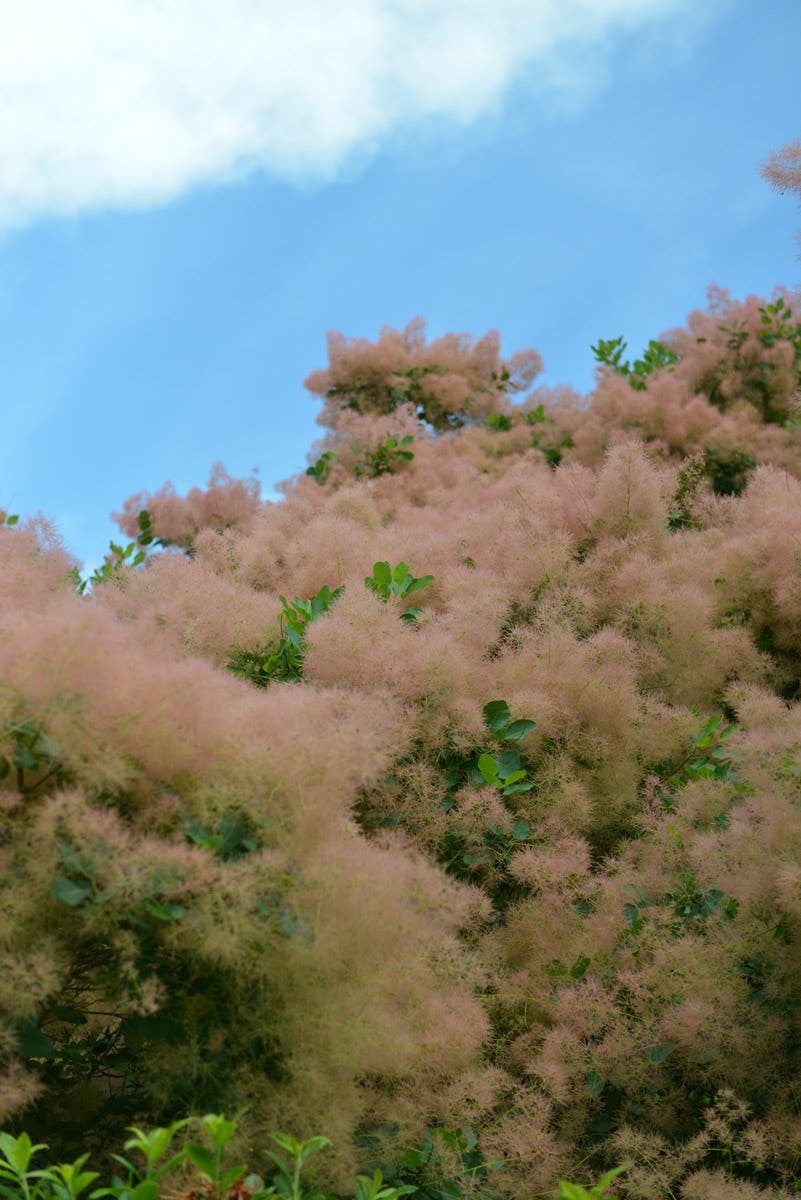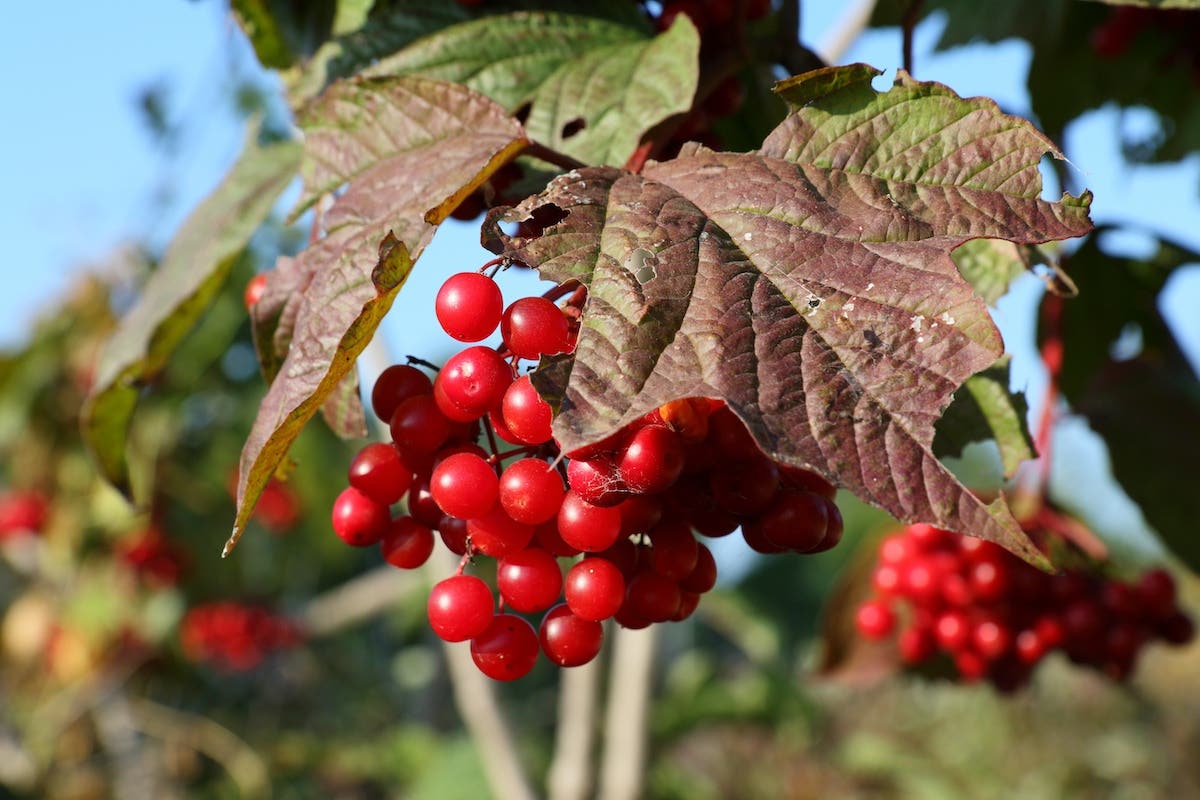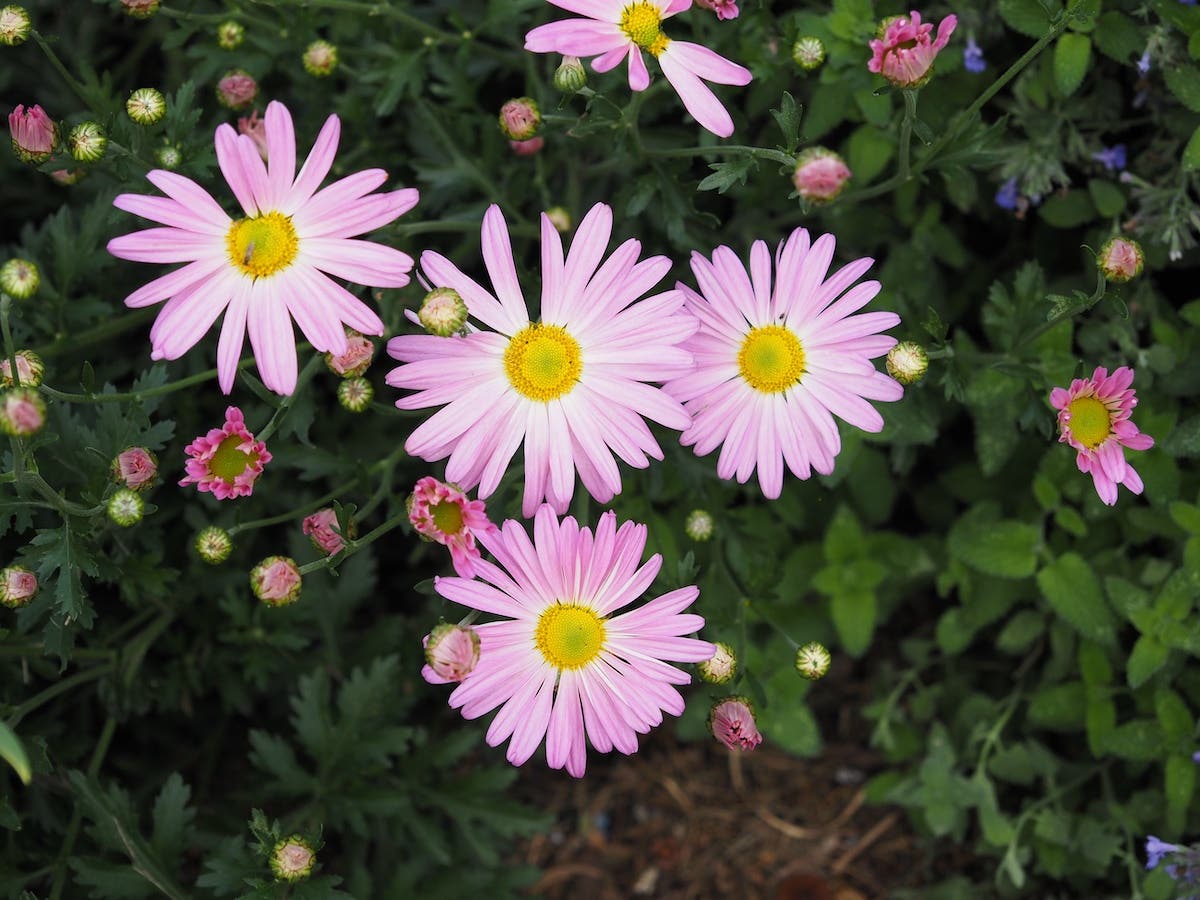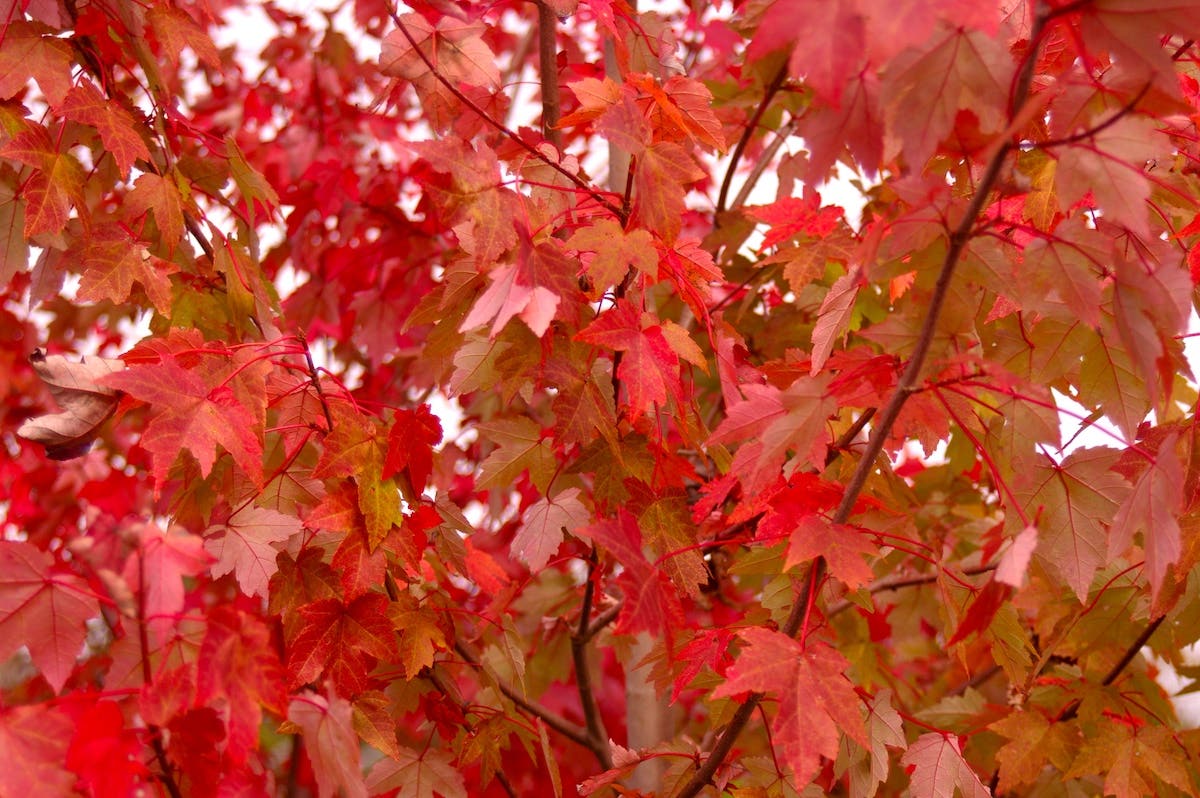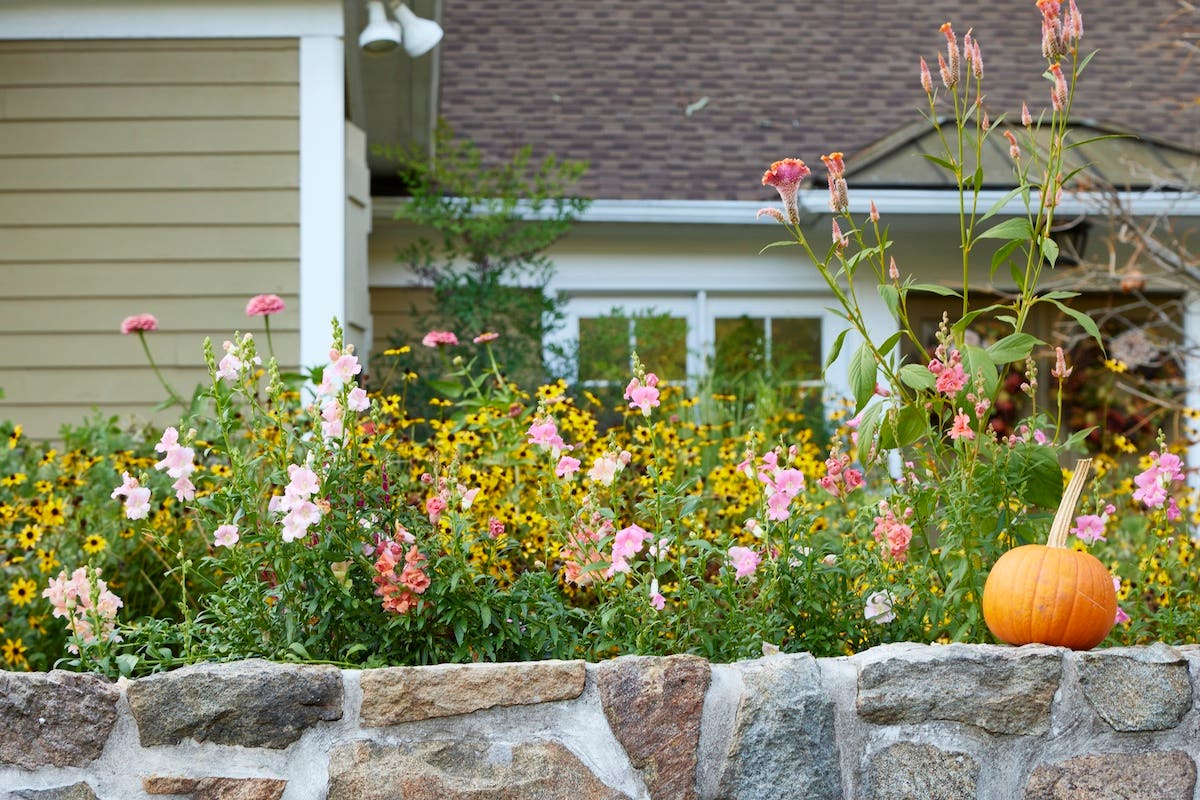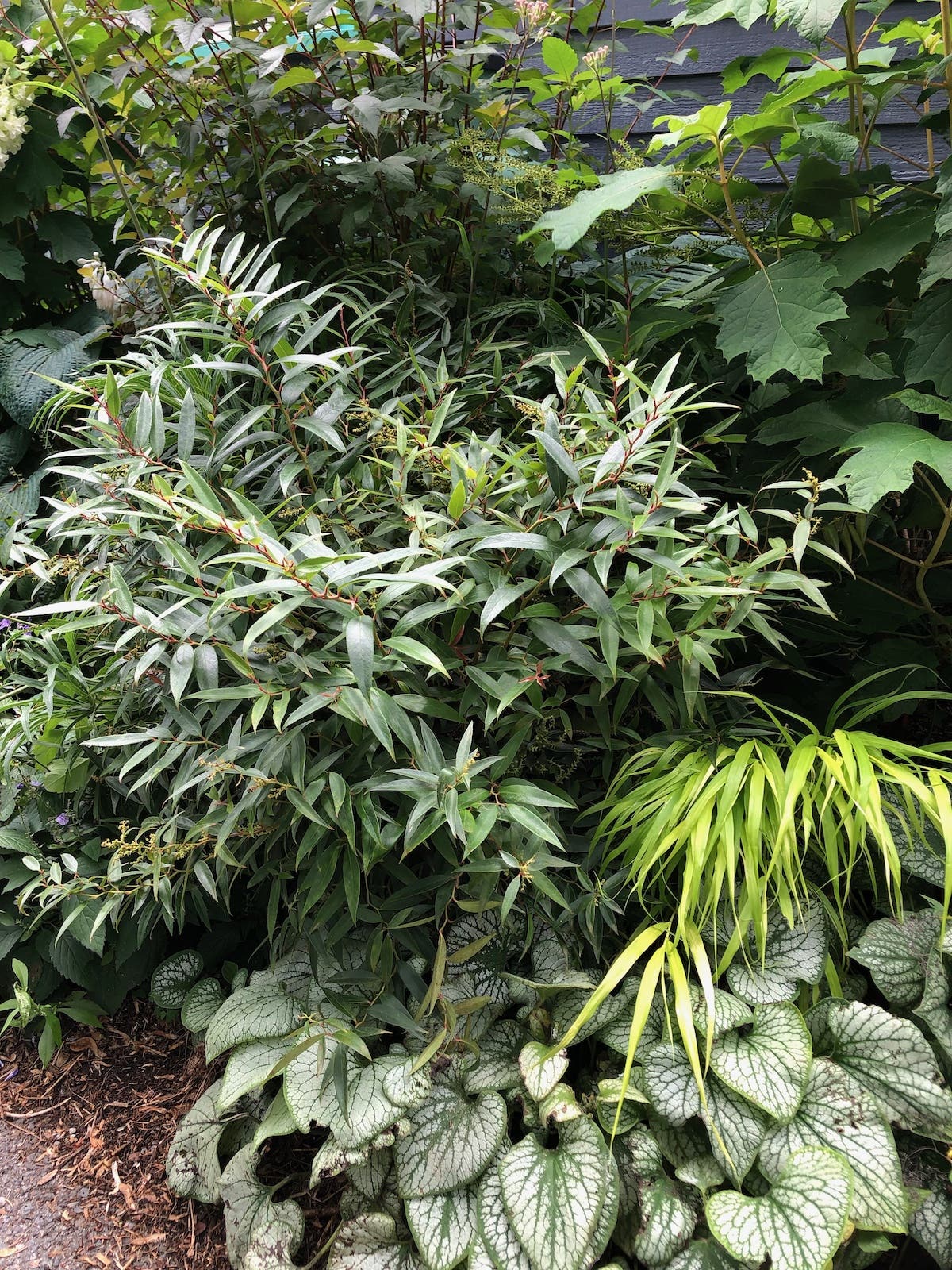Ginkgo and Other Ancient Plants for Enduring Gardens
These species are older than dirt!
I once marveled at a new landscape planting of over 100 ginkgo trees at a nearby hospital campus. As a certified arborist, horticulturist and a self-taught designer, I bristled at the monoculture. At times I have been heard to mock the landscape architect responsible: It was 5:30 on a Friday. The project was overdue. All his friends were at happy hour already, and so he keyed in 100 Ginkgo biloba and hit “enter.” Hello, weekend!
But, after thinking about it, I became comfortable with his decision, however it came about. If there were ever a species to take a chance on, it would be ginkgo. It has been on this planet for 270 million years! It survived the Permian-Triassic mass extinction, which killed off 90 to 96 percent of all species 252 million years ago. It followed up by surviving the Triassic-Jurassic extinction, in which 70 to 75 percent of all species died out. But it wasn’t done yet. It told the Cretaceous-Paleogene extinction, 66 million years ago, “Bring it,” and carried on while 76 percent of its fellow plants and animals did not.
Time has subjected ginkgo to meteor impacts that set the atmosphere on fire and mega-volcanic eruptions that buried huge swaths of continents in ash. The randomness of the earth’s geologic activity has launched sample packs of ginkgo on continents that drifted apart and then sometimes violently collided back together, causing huge mountain ranges to form. The composition of the atmosphere has changed many times over, as has the chemistry of the oceans. Earth’s magnetic axis has reversed polarity multiple times. There have been periods of hot and dry, hot and wet and ice ages that crept into the continents with sheets of ice a mile deep.
And think about this. Over the course of 270 million years, imagine just how many pests and pathogens have come, taken their crack at the code of ginkgo defenses, failed and then disappeared in one of the extinctions. Yet, miraculously, ginkgos continue to carry on. If none of the above have killed off ginkgos, maybe even your landscaper can’t harm yours!
A final demonstration of the ginkgo’s amazing will to live: A venerable tree that was planted in the yard of a Japanese shrine located less than a mile from Hiroshima survived the nuclear blast, and it still lives today.
So it comes down to this. A hundred ginkgos in a single planting? Even as an arborist. Even as a horticulturist. Even as a pessimist. That monoculture gets a pass.
Other Survivor Plants
It just makes sense that most of the prehistoric plants available in garden centers are going to be the least problematic. Rushes are, if anything, invasive. Ferns can be picky regarding site requirements, but nothing else ever bothers them. Even when we get to the earliest flowering plants, they’re mostly bullet proof.
Ferns first appeared about 360 million years ago, although most of the plants we’re familiar with didn’t show up until 145 million years ago. Better late than never, I suppose. Interrupted fern (Osmunda claytoniana) is an easy-to-grow fern that has remained essentially unchanged for at least 180 million years. My favorite fern in the garden, however, is Japanese painted fern (Athyrium niponicum var. pictum). Been on the planet since dinosaur times. Wasn’t named Perennial Plant of the Year by the Perennial Plant Association until 2004. What took them so long? Lovely pale and colored fronds. Available at almost any garden center.
Conifers rolled into town during the Permian Period, 300 to 250 million years ago. Among these are two similar species, the baldcypress (Taxodium distichum) and the dawn redwood (Metasequoia glyptostroboides). Baldcypress, native to the southeastern US, might be 100 million years old. Dawn redwoods, about the same. Fossils depict forests of dawn redwoods occurring in North America 50 to 60 million years ago. Both are deciduous conifers with wonderful fall color that grow easily in all but the most extreme American garden.
Dawn redwoods are interesting, also, because they were only discovered as living specimens in China in 1941. Distributions of seed by the Arnold Arboretum after World War II made the species common in public gardens and now a nursery staple—even as it teeters on the edge of extinction in the wild.
For a really prehistoric conifer, look for Japanese umbrella pine (Sciadopitys verticillata). It’s been hanging around for 230 million years. It’s a favorite of collectors and—unlike the other plants listed here—a bit difficult to grow in the continental climate of the American Midwest. Other ancient conifers include yews, plum yews, pines and larches.
Flowering plants didn’t come along until about 150 million years ago and pipevines were among the first of these. Dutchman’s pipe (Aristolochia tomentosa) is a species that survived the dinosaurs. It’s highly toxic; they probably couldn’t eat it. But perhaps 40 million years ago pipevine swallowtails evolved so that their larvae could not only feed on the foliage but could also store those toxins as protection from predators. If you want these beautiful butterflies in your garden, plant a pipevine. Just don’t try to eat them. Or the plants.
The first magnolias arrived about 95 million years ago. We now have literally hundreds of species and selections to use in gardens. The closely related tulip poplar (Liriodendron tulipifera) is about as old.
Like magnolias, Carolina allspice (Calycanthus floridus) is a product of the Cretaceous Period and a rock-solid, large landscape shrub for sun, shade, wet and dry. Nothing bothers it. The foliage has a nice scent and good fall color, and the flowers are sometimes fragrant. Reacquainting this North American species with its Asian cousin C. chinensis (they drifted apart following the breakup of Pangaea) has resulted in some beautiful hybrids with larger and variously colored flowers. ‘Hartlage Wine’, ‘Aphrodite’ and ‘Venus’ are readily available and proving to be just as tough as both parents. (Read more about calycanthus breeding here.)
Consider using some prehistoric plants in your landscape. You will rest easy knowing that they’re likely to perform just fine and they might even survive a nearby nuclear explosion. They also have pretty cool stories to tell. Kids love seeing plants that dinosaurs would have lived among, and they’ll fascinate your gardening friends at your next cookout. (But probably not the rest, who only came for the wine and want to talk about sports or knitting.)
Scott Beuerlein is the Manager of Botanical Garden Outreach at the Cincinnati Zoo & Botanical Garden. He writes regularly for Horticulture, including the Deep Roots column, and Garden Rant.
Image credits:
Painted fern: Walters Gardens
Japanese umbrella pine: Plant Image Library/CC BY-SA 2.0
Carolina allspice: Kim Carpenter/CC BY 2.0


